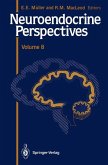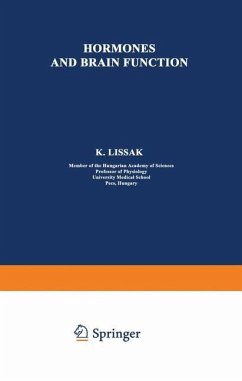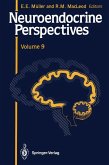An international symposium titled "Functional Morphology of Neuroendocrine Systems: Evolutionary and Environmental Aspects" was held on the occasion of the 60th birthday of Professor Andreas Oksche, head of the Department of Anatomy and Cytobiology, Justus Liebig University, Giessen, FRG. This volume containing the texts of the plenary lectures and the abstracts of poster contributions presented at the symposium on July 30-August 1, 1986 in Giessen, reflects the rapid expansion of the field of neuroendocrinology. New insights into the interactions between neurons acting as endocrine cells and conventional neurons have been gained by the use of newly developed neurobiological techniques (e. g. , immuno cytochemistry, tracing of neuronal connections by means of anterograde and retrograde axonal transport of identified molec ules, electrophysiological recordings in vivo and in vitro). The findings of the past few years have extended the fundamental concept of neurosecretion introduced by Ernst and Berta Scharrer in close cooperation with Wolfgang Bargmann. An important landmark was the discovery that neurons containing classical neurosecretory products not only project to neurohemal release organs but also establish hypothalamic and extrahypothalamic neuro-neuronal contacts. In some of these neurons monoamine transmitters are known to co-exist with opioid and other neuro peptides. Different types of transmitters may even be co-localized in the same dense core vesicles. The use of extremely sensitive techniques which allow the detection of minute quantities of messenger substances has provided evidence that several of these substances have been well preserved in the course of evolution.
Bitte wählen Sie Ihr Anliegen aus.
Rechnungen
Retourenschein anfordern
Bestellstatus
Storno









